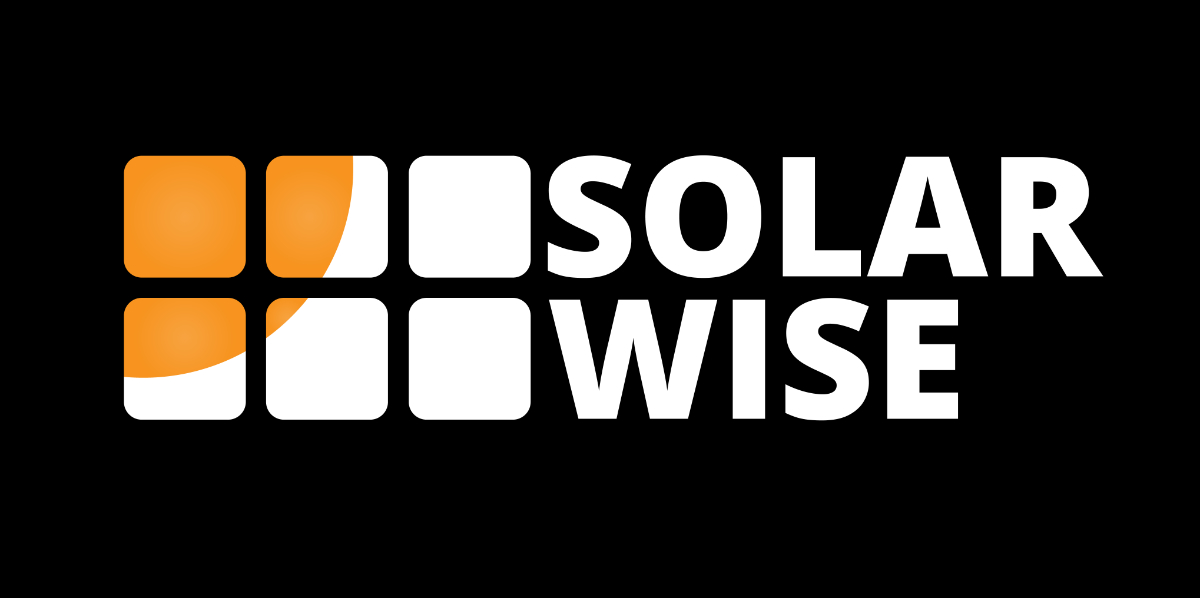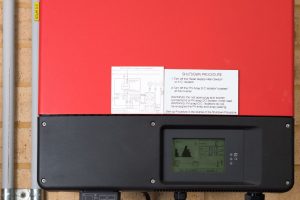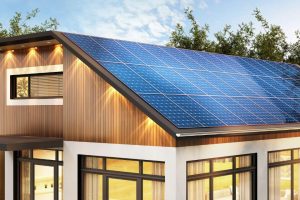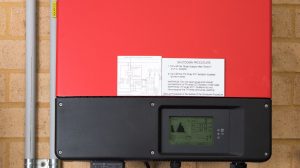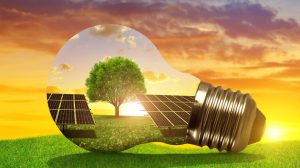Solar energy has affirmed its position as a trustworthy green alternative for addressing global energy needs. However, solar panels are not immune to operational difficulties like other technological advancements. One of the primary and recurrent issues is the gathering of dust and dirt on the panels. Even minor accumulations can negatively impinge upon the efficiency of solar panels. Unfortunately, this leads to a diminished energy output and faster wear and tear of the materials involved.
In this guide, we aim to delve deep into the effects of dust and dirt on the functioning of solar panels, pinpoint the root causes, and offer suggestions to retain optimum functionality. Join us as we navigate the dimensions of solar panel durability and explore avenues to fully exploit this renewable energy resource’s capabilities.
Effects of Dust and Dirt on Solar Panels
Reduction in sunlight absorption
Sunlight absorption by solar panels can be reduced by the accumulation of dust and dirt on their surface. The particles create a layer that hinders the cells’ exposure to sunlight, obstructing the efficient conversion of sunlight into usable energy. This coating acts as a barrier between the cells and the sun, reducing the cells’ ability to absorb sunlight totally, thereby decreasing solar panel efficiency. The thickness of the dust and dirt layer directly corresponds to the extent of sunlight absorption reduction by the solar panel.
Hotspots and potential damage
Dust and dirt accumulation on solar panels can lead to hotspots, which occur when a portion of the panel is shaded or covered, leading to a higher temperature in that area than the rest of the panel. This can cause localized damage and even complete panel failure. Furthermore, the accumulation of dirt and debris on the panel’s surface can trap heat and increase operating temperatures, accelerating the degradation of the panel materials over time.
Accelerated degradation of solar panel materials
The dust and dirt buildup on solar panels can raise their temperature, causing hotspots and increasing thermal stress, accelerating the degradation of materials like silicon cells and protective coatings. Additionally, this buildup can create a favorable environment for moisture buildup and corrosion, intensifying material degradation. For this reason, it is crucial to perform routine cleaning and maintenance to reduce the impact of dust and dirt on solar panel performance and guarantee the durability and effectiveness of solar energy systems.

Credit: mdpi.com
Factors Contributing to Dust and Dirt Accumulation on Solar Panels
Several factors, including geographic location and climate, surrounding environment, panel angle and orientation, and seasonal variations, influence dust and dirt accumulation on solar panels.
- Regions with dry climates, desert landscapes, or high levels of air pollution are more prone to dust and dirt buildup on solar panels.
- Urban environments with increased levels of traffic and construction activities can also contribute to the accumulation of dust and debris.
- The angle and orientation of solar panels can also play a role in the accumulation of dust and dirt, as panels installed at an angle or orientation that exposes them to prevailing winds or dust storms may accumulate more debris than those installed differently.
- Seasonal variations can also impact the dust and dirt on solar panels, with dry seasons or windy periods leading to greater accumulation.
Understanding these factors and implementing appropriate preventative measures can help minimize dust and dirt accumulation and maintain optimal solar panel performance.
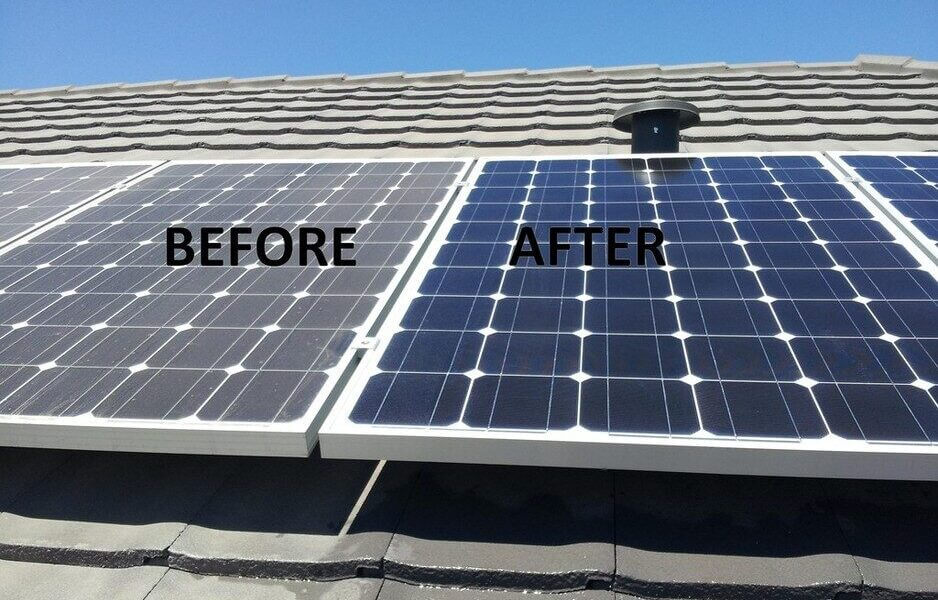
Credit: windowcleaningspec.com
Best practices for cleaning solar panels
Cleaning solar panels is fundamental to maintaining their performance. Here are some best practices for washing solar panels:
- Frequency of Cleaning: Solar panels should be cleaned regularly, depending on dust and dirt accumulation. Generally, cleaning every 6-12 months is suggested, but this can differ based on environmental factors and panel location.
- Appropriate Cleaning Tools and Materials: Soft brushes, microfiber cloths, and squeegees are appropriate for cleansing solar panels. Cleaning agents should be gentle and specifically designed for solar panels, avoiding abrasive or corrosive chemicals that can harm the panels.
- Safety Precautions: Safety should be a leading priority when cleaning solar panels. Always turn off the system and avoid cleaning in extreme weather conditions. Wear appropriate footwear and harnesses if working on a roof, and use ladders and scaffolding carefully.
- Professional Solar Panel Cleaning Services: Consider hiring professional cleaning services for extensive or complex solar installations. Professional services have the essential equipment and expertise to safely and effectively wash solar panels, guaranteeing optimal performance and longevity.
FAQ
What Reduces Solar Panel Efficiency?
Solar panel efficiency is pivotal in harnessing the sun’s boundless energy optimally. The efficiency can be affected negatively by several factors, which include:
- Temperature Fluctuations: Surprisingly, solar panels can experience decreased efficiency as temperatures rise. The photovoltaic cells in the panels function better at moderate temperatures.
- Shading: Solar panels achieve their highest potential with an unobstructed view of the sun. Any shade from trees or neighboring buildings can significantly reduce their efficiency.
- Dust and Dirt Accumulation: The accumulation of dirt, dust, bird droppings, and other debris on the surface of the solar panels can obstruct the sunlight, reducing the amount of energy that can be converted.
- Inferior Quality Panels: Not all solar panels are created equal. Opting for panels with subpar materials and poor manufacturing techniques can limit efficiency.
- Aging Panels: Like any other technology, solar panels have a lifespan. As they age, their ability to convert sunlight into energy diminishes gradually.
- Improper Installation: The incorrect tilt angle or improper installation can significantly reduce the amount of sunlight the panels can capture, lowering the efficiency.
- Micro-Cracks: These can occur due to transportation or installation mishaps. They can potentially degrade the performance of the solar cells over time.
Are Solar Panels More Efficient When Clean?
Absolutely, cleanliness is indeed next to efficiency when it comes to solar panel performance! Maintaining a clean solar panel surface is pivotal in ensuring the optimum absorption of sunlight, which directly translates to higher energy yields. Here’s why:
- Unobstructed Sunlight: A clean surface allows the sun’s rays to hit the solar cells without any hindrance, enabling them to function fully.
- Prevents Hot Spots: Dirt and grime accumulation can cause certain panel sections to overheat, known as hot spots, which can significantly diminish the lifespan and efficiency of the solar panels.
- Maximizes ROI: Keeping the solar panels clean ensures you get the highest possible return on your investment by maintaining peak performance levels.
- Environmental Factor: In some areas, the environmental factors might contribute more to dirt accumulation. Regular cleaning in such regions becomes essential to maintain a higher efficiency level.
Therefore, a regular cleaning regimen should be part of your solar panel maintenance strategy, ensuring that they operate at optimal levels and provide clean, green energy for longer.
To sum up
Maintaining a routine cleaning and maintenance schedule for solar panels is vital to avoid the buildup of dust and grime that can diminish their effectiveness, lead to hot spots, and hasten material wear and tear. Ensuring consistent cleaning intervals for your solar panels is essential in securing peak performance and optimal energy output. By preventing the accumulation of dust and dirt on your solar panels, you can extend their service life, enhance efficiency, and amplify the return on your investment in the solar energy system.
